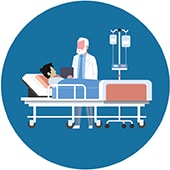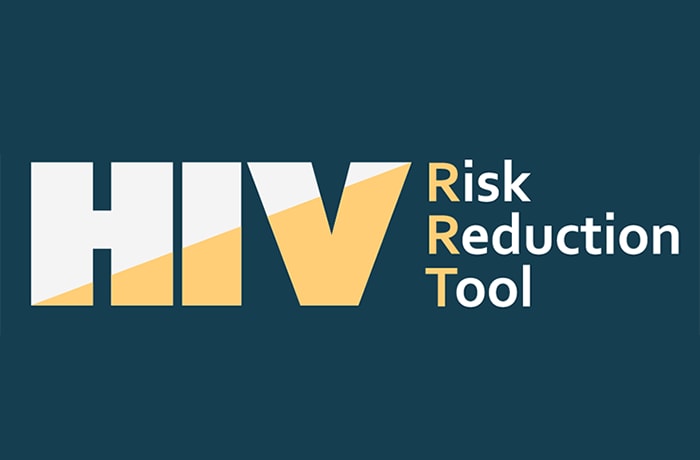AIDS and Opportunistic Infections


AIDS (acquired immunodeficiency syndrome) is the most severe stage of HIV (Stage 3).
- People with AIDS have badly damaged immune systems. They get an increasing number of severe illnesses, called opportunistic infections (OIs).
- People receive an AIDS diagnosis when
- they develop certain OIs, or
- their CD4 cell count drops below 200 cells per milliliter of blood.

Opportunistic infections (OIs) are illnesses that occur more frequently and are more severe in people with HIV. This is because they have damaged immune systems.
- Today, OIs are less common in people with HIV because of effective HIV treatment.
- But some people with HIV still develop OIs because
- they may not know they have HIV,
- they may not be on HIV treatment, or
- their HIV treatment may not be working properly.
Taking HIV medicine is the best way to prevent getting OIs. HIV medicine can keep your immune system strong and healthy. If you develop an OI, talk to your health care provider about how to treat it.
There are also steps you can take to prevent getting OIs:
- Talk to your health care provider about medicines and vaccines that prevent certain OIs.
- Prevent exposure to other sexually transmitted diseases.
- Don’t share needles, syringes, or other drug injection equipment (for example, cookers).
- Limit your exposure to germs that could make you very sick. This includes tuberculosis or germs found in the stools, saliva, or on the skin of animals.
- Don’t consume certain foods, including undercooked eggs, raw milk and cheeses, unpasteurized fruit juices, or raw seed sprouts.
- Don’t drink untreated water, such as water directly from lakes or rivers. Avoid drinking tap water in foreign countries. Use bottled water or water filters.
- Talk to your health care provider about things that could expose you to OIs at work, at home, and on vacation.
| Common Opportunistic Infections | |
|---|---|
| Candidiasis |
|
| Invasive cervical cancer |
|
| Coccidioidomycosis |
|
| Cryptococcosis |
|
| Cryptosporidiosis (Crypto) |
|
| Cystoisosporiasis |
|
| Cytomegalovirus (CMV) |
|
| Encephalopathy, HIV-related |
|
| Herpes simplex virus (HSV) |
|
| Histoplasmosis |
|
| Kaposi’s sarcoma (KS) |
|
| Lymphoma |
|
| Tuberculosis (TB) |
|
| Mycobacterium avium complex (MAC) |
|
| Pneumocystis pneumonia (PCP) |
|
| Pneumonia |
|
| Progressive multifocal leukoencephalopathy |
|
| Salmonella septicemia |
|
| Toxoplasmosis |
|
| Wasting syndrome due to HIV |
|
Page last reviewed: May 20, 2021

